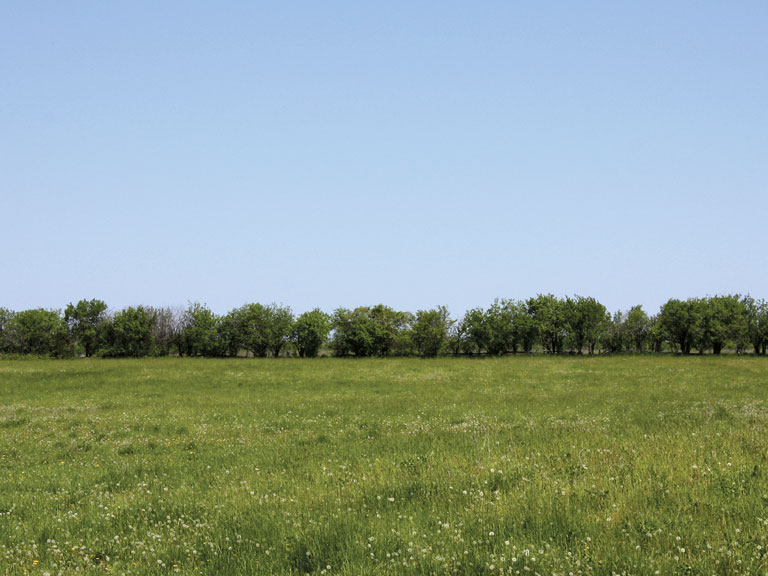County News
Borderlines

Hedgerows play an important role in our fragile ecosystem
When the early settlers of this region arrived, they went about clearing land and creating farms, many of which remain today. In setting up those farms they showed a certain wisdom by outlining their properties with retaining treelines and hedges to act as wind buffers, livestock barriers and animal habitats. Today the landscape shows remnants of that early farm culture, with original hedgerows and treelines still evident on many properties around the County. But, those delineators are vanishing as smaller farms are acquired and the natural fencelines are being removed to give way to large monocrop farms.
Hedgerows serve several purposes to the land they sit on and there are important reasons why they should be acknowledged. They protect from erosion, run-off and loss of topsoil. They also act as wind and sound buffers and prevent winter white-outs by trapping snow during periods of high winds. They are a critical defense against both drought and flooding, which are both prominent worries in our community. One of the most important functions that have been realized over time, is that the hedgerows provide habitat and nesting possibilities for animals, birds, bees and insects. Hedgerows in a County like ours are nature’s thoroughfares, avenues by which all wildlife moves throughout the land. Small mammals, butterflies and even plants use hedgerows to travel from one region to another. They provide a corridor along which to move, shelter from the elements, safety from predators and a supply of food. The jobs that these creatures do to maintain our fragile ecosystem regarding pollination and migration are strong arguments for the preservation of these hedgerows.
Last month, Bill Bonter and Elizabeth Blomme made a deputation to Council at Committee Of The Whole about the importance of preserving what’s left of the County hedgerows. Bonter was pleased with the response from council after the deposition.
“It went very well. I thought council was quite receptive. They are going to speak to the conservation authorities and the ministry of natural resources about what can be done to expediate the process. We hope that they will act fast and come back to us soon with options about what can be done for the protection and preservation of our hedgerows,” says Bonter.
Aesthetically, the hedgerows also play a role the County’s new tourism boom, with cyclists and naturalists flocking to this area for the rural, pastoral scenery and our unique sense of place that sets us apart from other communities in the province.
It’s something that usually goes unnoticed. A simple property marker to some, but its role in the County’s unique biodiversity is vital and both Blomme and Bonter want to make sure that these delineators get the recognition they deserve.
“In shoreland areas, you have to jump through so many hoops to meet environmental standards and we think that these people that do this are exempt from all these standards. You’re required to get permits to alter any natural habitat and we think that the rules should be the same for everyone,” says Bonter.
Bonter is a farm owner and also owns his own landscaping company. He has noticed more and more the disappearance of these hedgerows and larger fields emerging in their wake. He has had numerous people approach him with concerns about how much clearing is going on. Some have called the local conservation authority and received little to nothing as a response. There are reports that in areas where there is indiscriminate clearing of hedgerows the bird population in those areas drop as much as 50 per cent.
The next step for Bonter and Blomme is to make a presentation to the local conservation authority, who they feel should have more of a responsibility in police-ing this kind of clearing. Bonter mentions also that there are no real guidelines for the kind of protection they are looking for. He feels that the natural heritage of the County is eroding away with every hedgerow that is taken out.
At the Committee Of The Whole, Jane Macdonald raised the point about creating a conservation and natural heritage committee that would oversee all tree cover and anything green. It would be an attempt to mitigate situations like the clearing of the hedgerows before it’s too late.
“They’re not coming back, I can tell you that. Once it’s cleared, industrializing farms will take over. We can all work together, but it must be done in an astute fashion and with some sober second thought. We find that very deficient at the moment,” says Bonter.

Comments (0)